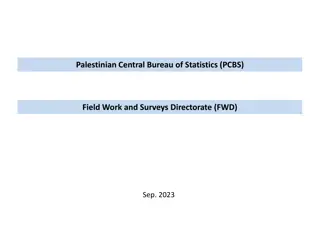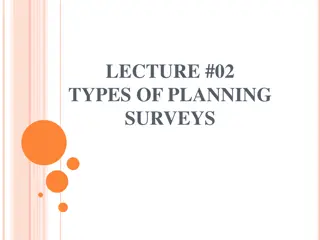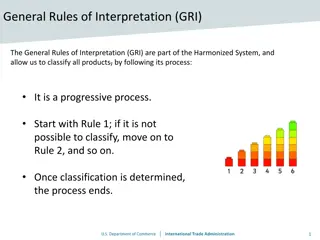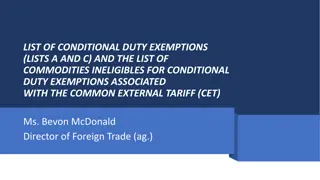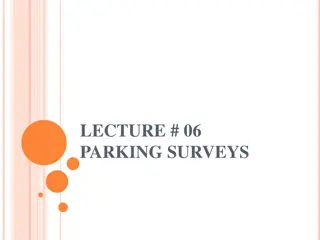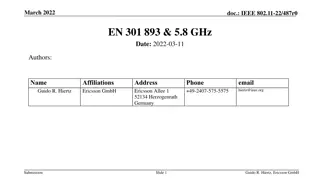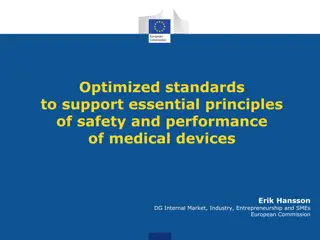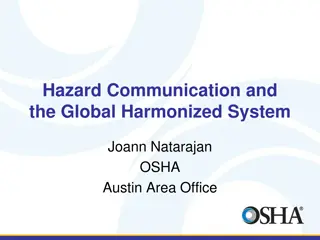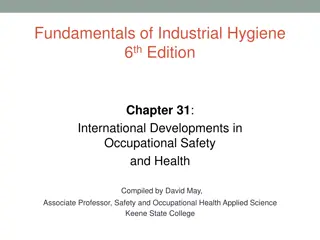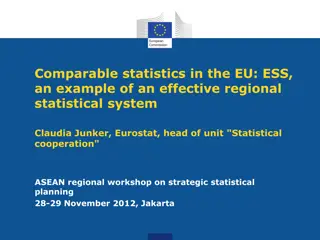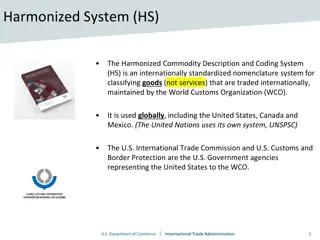Overview of Harmonized European Time Use Surveys
The Harmonized European Time Use Surveys (HETUS) have a rich history, starting from the early 1990s. The surveys aimed at enhancing comparability and were conducted in various countries, with key milestones in database construction and data dissemination. Deviations in variables across countries were noted, impacting activities such as lunch breaks and socializing with family.
Download Presentation

Please find below an Image/Link to download the presentation.
The content on the website is provided AS IS for your information and personal use only. It may not be sold, licensed, or shared on other websites without obtaining consent from the author.If you encounter any issues during the download, it is possible that the publisher has removed the file from their server.
You are allowed to download the files provided on this website for personal or commercial use, subject to the condition that they are used lawfully. All files are the property of their respective owners.
The content on the website is provided AS IS for your information and personal use only. It may not be sold, licensed, or shared on other websites without obtaining consent from the author.
E N D
Presentation Transcript
Harmonized European Time Use Surveys (HETUS) 11 September 2018 Marjut Pietil inen, Statistics Finland
Harmonized European Time Use Surveys (HETUS) In the early 1990s the need for increased comparability became recognised Pilot surveys 1996 to 1997 supported by Eurostat (18 countries) HETUS Guidelines 2000 Time Use Surveys 1998 to 2004 2000 (20 countries) HETUS Guidelines 2008 Time Use Surveys 2008 to 2015 2010 (21 countries) Gentleman s agreement , no legislation Marjut Pietil inen, Statistics Finland
HETUS Database 2010 Statistics Finland collected the data to construct the database with a grant from Eurostat from 2014 to 2017 Data dissemination by Eurostat with the use of standard Eurostat Tools (Eurobase, online publications, etc.) The data files were sent and received using Eurostat's eDAMIS system Metadata was collected with the European Statistical System Metadata Handler (ESS-MH) tool 18 countries participated Marjut Pietil inen, Statistics Finland
Participating countries Data collection 2008-2009 2009-2010 Country Italy, Austria Estonia, Finland, France, Hungary, Spain Serbia, Norway, Romania Greece Netherlands Germany Poland, Belgium Luxembourg, UK, Turkey 2010-2011 2011-2012 2012-2013 2013-2014 2014-2015 Marjut Pietil inen, Statistics Finland
Diary 2010 Marjut Pietil inen, Statistics Finland
Number of respondents and diary days by country Marjut Pietil inen, Statistics Finland
Deviations In background variables (47/77 variables) in at least five countries In diary day variables (5/15 variables) in at least five countries In general minor deviations in the time use variables compared to the round 2000 Marjut Pietil inen, Statistics Finland
Deviations Main activities for example: lunch break is not collected in 6 countries Secondary activities for example: 5 countries did not collect lunch break and 3 countries did not collect socialising with family Location variables for example 4 countries did not use new variables like shopping centre, market, other shop and hotel, guesthouse, camping site With whom variables With parent, living in the household was not collected in 3 countries Household member up to 9 years was not collected in 2 countries Now there is a proposal for changing the age limit of children to 18 years instead of 9 years Marjut Pietil inen, Statistics Finland
Average number of episodes per day (aggregated main activities, 51 categories) Country Episodes Country Episodes Austria* - Luxembourg 20.6 Belgium 20.8 Netherlands 22.6 Estonia 19.9 Norway 25.1 Finland 25.4 Poland 22.2 France 19.4 Romania 21.4 Germany 21.9 Serbia 22.8 Greece 23.5 Spain 20.1 Hungary 21.5 Turkey 22.5 Italy 21.6 United Kingdom 23.3 * 15 minutes time slots. Not compatible. Marjut Pietil inen, Statistics Finland
Harmonisation of data at Statistics Finland Checking data with SAS programs Checking consistency between countries Producing control tables Aggregation of background variables Conversion of the 3-digit HETUS main and secondary activity codes and location codes Nonresponse checking Calculating quality measures/indicators of diary data Analyses of weighting Marjut Pietil inen, Statistics FInland
Methodological issues Eurostat is preparing revised guidelines for the 2020 round together with the countries Activity coding will be revised + core background variables will be standardised according to ESS-level standardised core variables. Eurostat s Task Force on innovative tools and sources for the HBS and TUS For example, a web diary Unfortunately will not be ready for the next round of the TUS. Harmonisation over time and between countries should be guaranteed as well as possible. At the moment there is a Eurostat grant available for offering a common tool. Marjut Pietil inen, Statistics Finland
Conclusions Compared to the 2000 wave the surveys were more harmonised, especially the time use variables. Variation in the number of days (and time intervals). Deviations in the background variables Required plenty of checking and harmonisation. Should the number of background variables decrease in the next round / database? Eurostat s work on standardisation of social variables will harmonise background variables in the next rounds. Marjut Pietil inen, Statistics Finland
Contact information marjut.pietilainen(at)stat.fi hannu.paakkonen(at)stat.fi Time Use Survey: http://tilastokeskus.fi/til/akay/index_en.html Marjut Pietil inen, Statistics Finland


